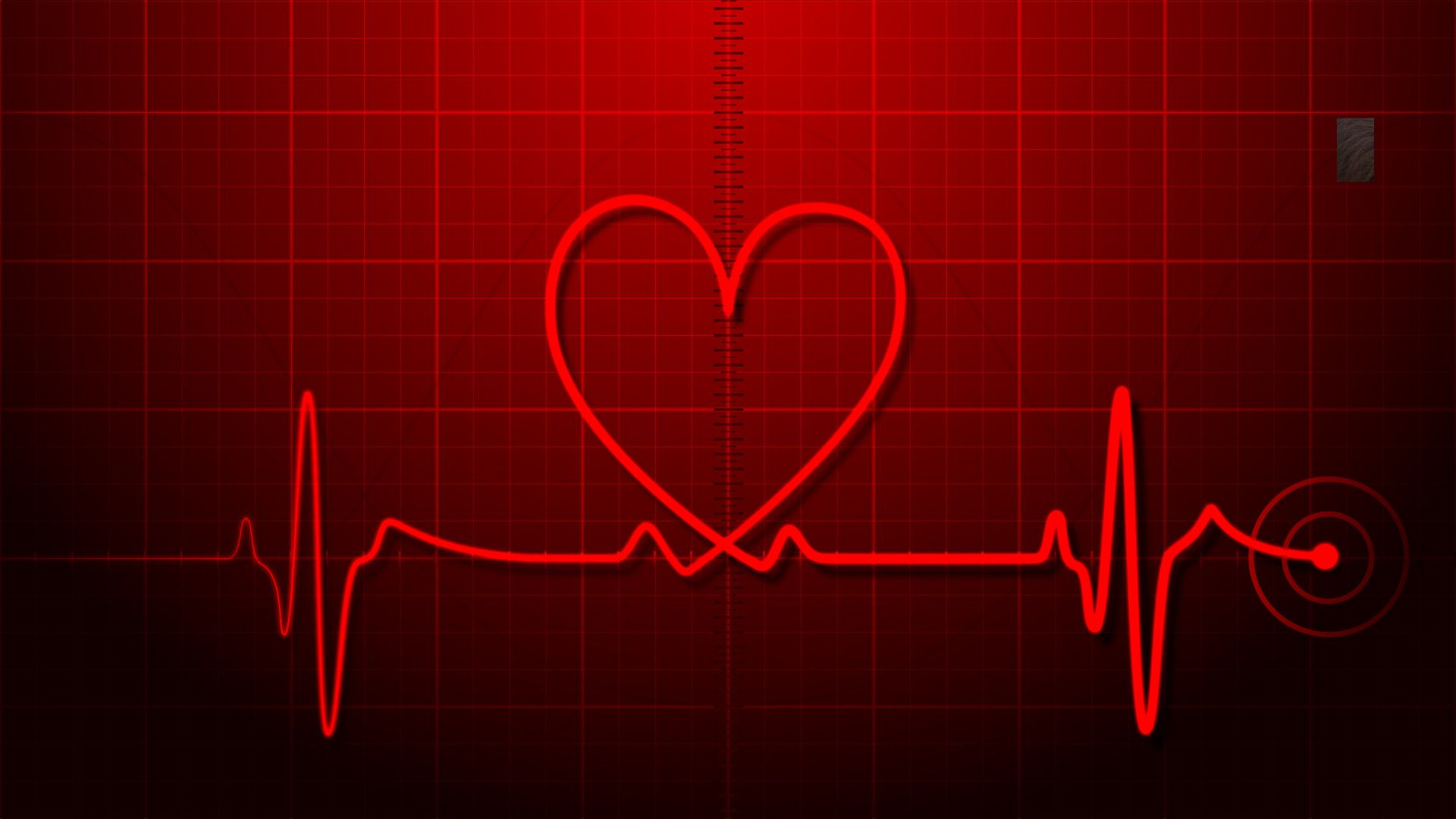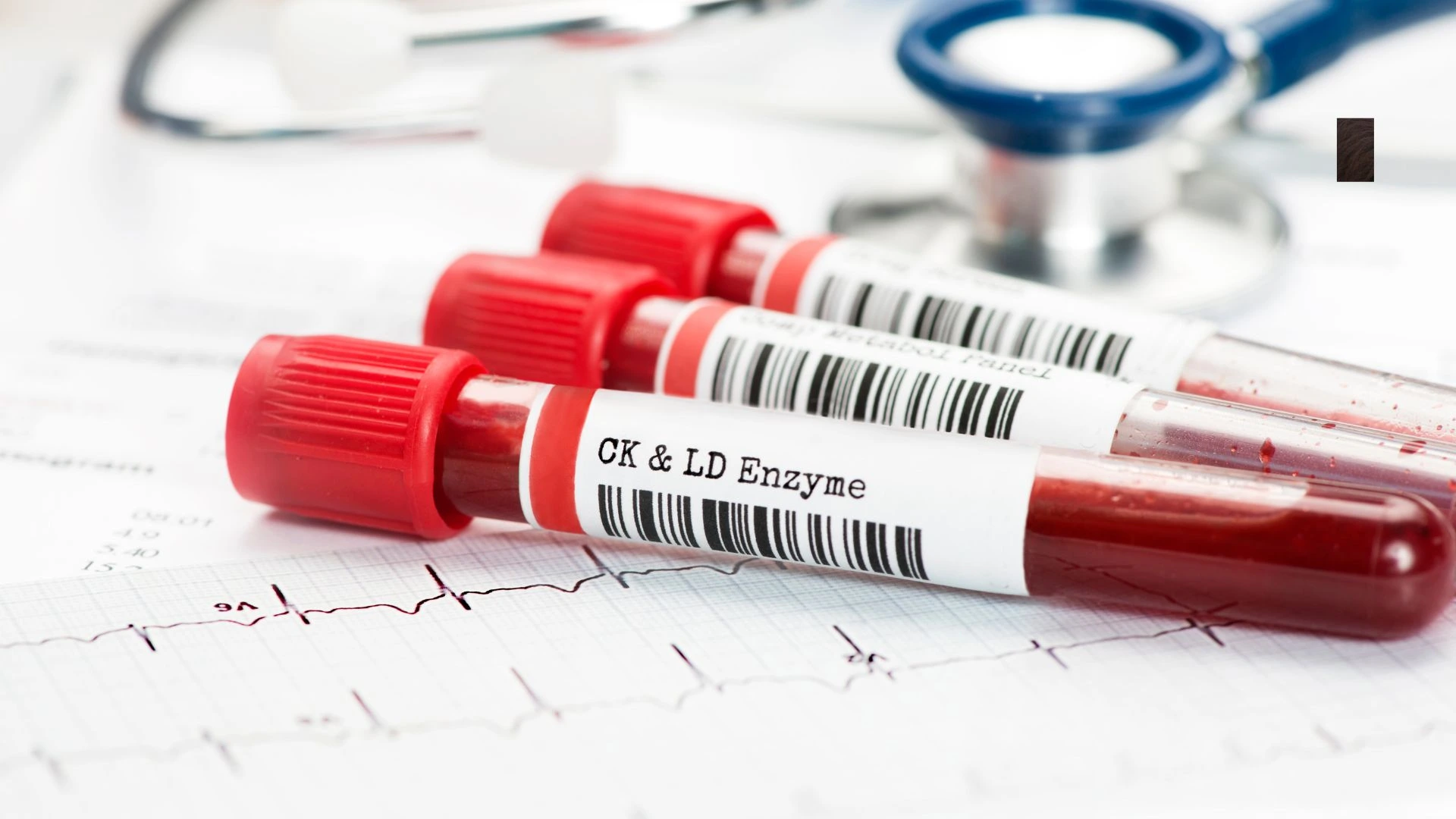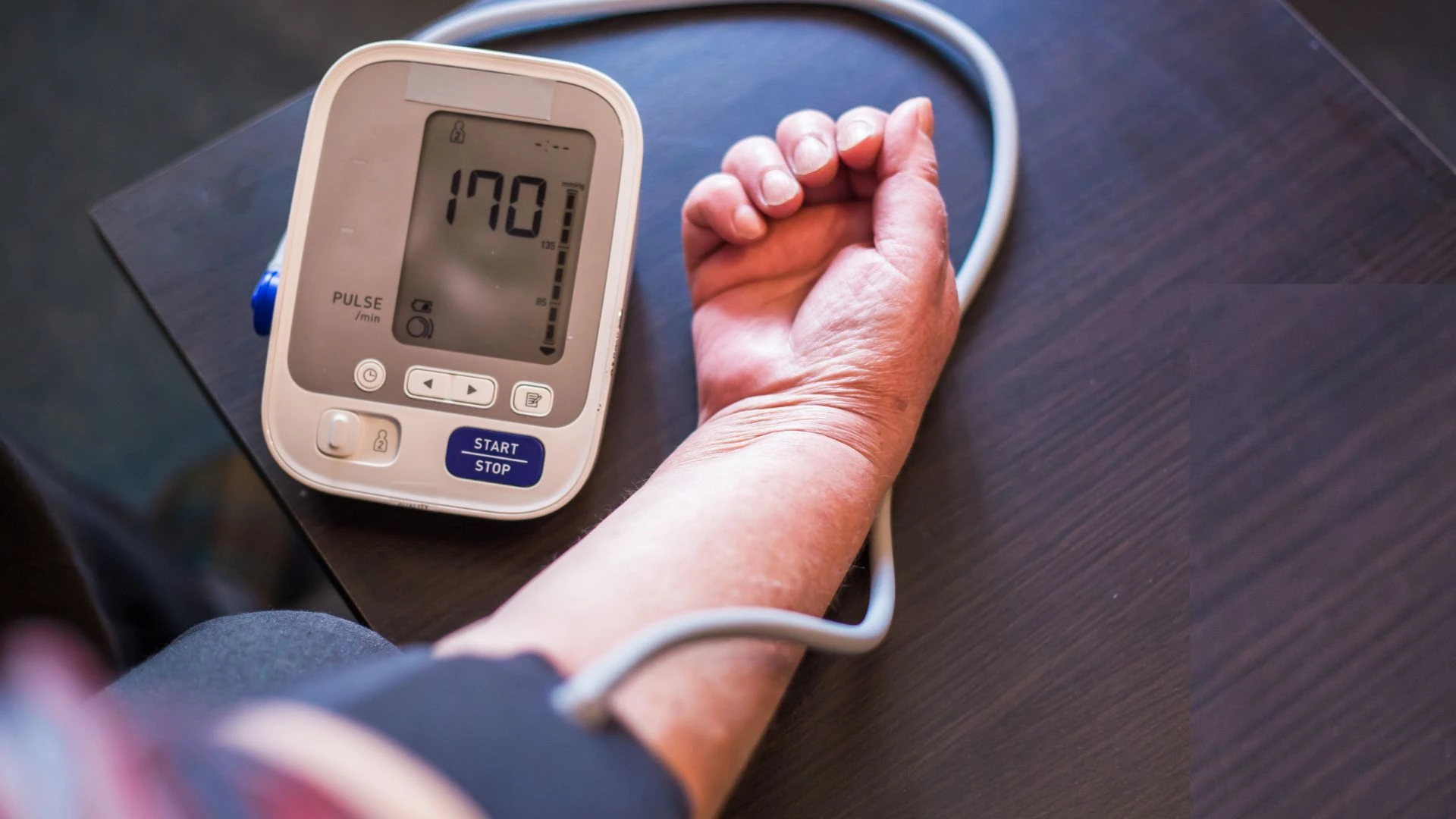An Electrocardiogram (ECG or EKG) is a medical test used to monitor the electrical activity of the heart. It records the heart’s electrical signals, helping doctors assess its rate, rhythm, and overall health. This simple and non-invasive test is essential in diagnosing heart conditions and evaluating the effectiveness of treatments. In this article, we’ll explore what an ECG is, when it’s performed, how it’s conducted, and what you can expect before, during, and after the test.
What is an ECG?
An electrocardiogram is a test that diagnoses the electrical impulses produced when it contracts. Every time the heart contracts, it sends electrical impulses throughout the heart muscle, causing it to contract and pump blood. There are electrodes placed against the skin – in the chest, arms, and legs – which measure these signals.
An ECG test follows the heart’s electrical activity in a longitudinal context; it is an efficient tool to monitor all issues related to the heart, including abnormal heart rhythm and rate, heart attack, and other cardiac disorders. All these issues provide a doctor with useful information about a patient’s heart’s health when deciding the right treatment method for the patient.
Why an ECG (Electrocardiogram) is Done
An ECG is performed when a healthcare professional suspects that you may have heart problems, especially if you’re experiencing symptoms such as:
- Chest pain or discomfort
- Shortness of breath
- Fatigue
- Dizziness or lightheadedness
- Palpitations or irregular heartbeats
An ECG can also be done for patients with known heart conditions or risk factors, including:
- Heart attack: To assess any damage to the heart and the status of recovery.
- Coronary heart disease: To evaluate the blood flow to the heart and detect any blockages.
- Arrhythmias: To identify irregular heart rhythms, such as atrial fibrillation or ventricular tachycardia.
- Heart medication monitoring: If you are prescribed certain heart medications, an ECG may be used to monitor their effects on your heart’s electrical activity.
- Pre-surgical assessment: Before undergoing major surgery, an ECG may be done to ensure the heart is functioning properly.
In addition, an ECG may be used to monitor patients who have had heart surgery or a pacemaker implantation, as well as those who have experienced heart-related events.
Preparing for an ECG (Electrocardiogram)
ECGs are simple and often do not require much preparation, but here are a few things to note:
- Apparel:
Wear a shirt that can easily be removed from the body as electrodes will have to be put on your chest, arms, and legs. You may also be required to wear a gown, depending on the facility.
- Shun creams and lotions.
Avoid applying body lotions, oils, or talcum powder on the skin before the test. These can interfere with the electrode sticking well to the skin and getting proper readings.
- Avoid heavy meals and caffeine (for Exercise ECG).
Schedule the test, in case it’s an exercise ECG (stress test), heavy meals and caffeine should be avoided before the test as these interfere with the heart rate and hence the overall performance during the test.
- Chest Preparation
The skin in the region where electrodes will be applied might be cleaned with an alcohol wipe to remove oils and dirt. Some patients might require their chest to be shaved to ensure the electrodes attach properly to the skin.
- Chaperone Option:
If you would prefer, you may bring a chaperone with you to the appointment. This could be a family member, a friend, or a trained staff member.
What Happens During an ECG (Electrocardiogram)?
Types of ECGs
There are different types of ECG, all with the main aim of calculating the electrical activity that involves the heartbeat. The type of ECG you have will depend on your symptoms and the condition being examined.
- Resting ECG (Standard ECG)
A resting ECG is one of the most common types of ECGs. For this test, you will lie on an exam table while the physician will place electrodes on your chest, arms, and legs. The electrodes record electrical signals of your heart at rest. The duration of the test lasts for about 5 to 10 minutes.
- Portable ECG (Holter Monitor)
In some situations, doctors will want to see your heart’s electrical activity for a longer duration, such as 24 to 48 hours. This form of ECG is called the Holter monitor. It entails wearing a portable, small-sized device that captures your heart activity continuously. The electrodes are affixed to your chest, and this device is subsequently worn during everyday activities. After the monitoring period, the data gathered are forwarded to your doctor for analysis.
- Exercise ECG Stress Test
An exercise ECG is performed during exercise, and this usually occurs in a treadmill or stationary bike setting. The test enables you to determine how your heart works when exercising and is most commonly applied for the evaluation of coronary artery disease or to diagnose arrhythmias. It is performed in controlled conditions, and the electrodes apply just as in a resting ECG. You will be asked to raise your level of exercise step-by-step as your heart’s electrical activity is monitored. After the test, a cool down will usually follow.
- Pharmacological Stress Test
If you can’t exercise due to a physical condition, a pharmacological stress test may be administered. In this test, medication is administered to simulate the effects of exercise by raising your heart rate and blood flow.
Getting Your ECG Results
Results for an ECG test are available immediately, especially if it is an ECG at rest. However, test results concerning tests that involve a longer monitoring period, such as a Holter monitor or an exercise ECG, may take up to several days or couple of weeks to be confirmed.
Expectation:
Immediate Results: The doctor will be able to give you some preliminary assessment about your heart health after a resting ECG. However, the results would be interpreted by a cardiologist or other specialists, and their final interpretation will be communicated to you.
You will have to see your doctor again at follow-up, depending on the results of the ECG. For the most part, it occurs when the report is irregular, perhaps a heart rhythm that went awry or symptoms associated with a heart attack or damage.
Further Testing: At times, ECG alone can not confirm heart conditions. Further tests in that case can include echocardiogram, blood tests, and sometimes imaging studies that include an MRI or a CT scan.
If you haven’t received results after a few weeks, then it would be quite appropriate to contact the referring ECG doctor. The healthcare provider will discuss any concerns that arise during the test and provide advice on the next course of action.
Understanding Your ECG Results
An ECG measures many important aspects of your heart’s electrical activity. Some of the key elements of the ECG are:
- P Wave
This is the electrical activity that stimulates the contraction of the atria or the upper part of the heart.
- QRS Complex
This is the electrical stimulation that triggers the contraction of the ventricles or the lower part of the heart.
- T Wave
This denotes the phase of ventricular recovery after it has contracted.
- Heart Rate
How many times per minute your heart beats.
- Heart Rhythm
It means whether it beats regularly or irregularly
A normal ECG should portray a regular rhythm and a consistent heart rate. However, with the presence of disorders such as arrhythmia, heart attacks, and many more, it shows irregular patterns that doctors diagnose and advise to undergo further treatments.
Benefits of an ECG
ECG tests provide several benefits, particularly in diagnosing heart conditions:
- Non-invasive and Pain-free: The ECG is a painless and non-invasive test because no incisions or injections are required.
- Quick Results: In many cases, ECGs provide instant results, allowing doctors to diagnose conditions promptly and start appropriate treatment.
- It monitors changes in heart health by means of ECG, especially for those who already have a heart condition or who take medication affecting heart functions.
- Cost-effective: Compared to many other diagnostic techniques, ECGs are cheap. Hence, most patients can afford it.
Conclusion
The ECG is the most useful test for diagnosing any abnormal heart function by recording electrical activity of the heart. The procedure is quite painless, not invasive, and takes just a few minutes; hence, it is a mandatory part of the routine cardiovascular tests. Whether you have a simple resting ECG, a Holter monitor, or an exercise ECG, this is one of the most important diagnostic tests for determining your heart’s health. In this article, we will talk about how to prepare for it, what an ECG actually is, and what you should expect from your results.



